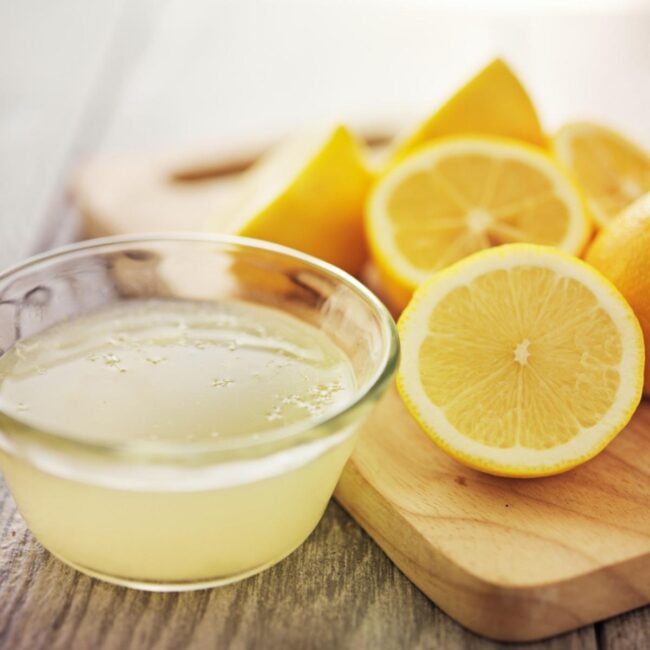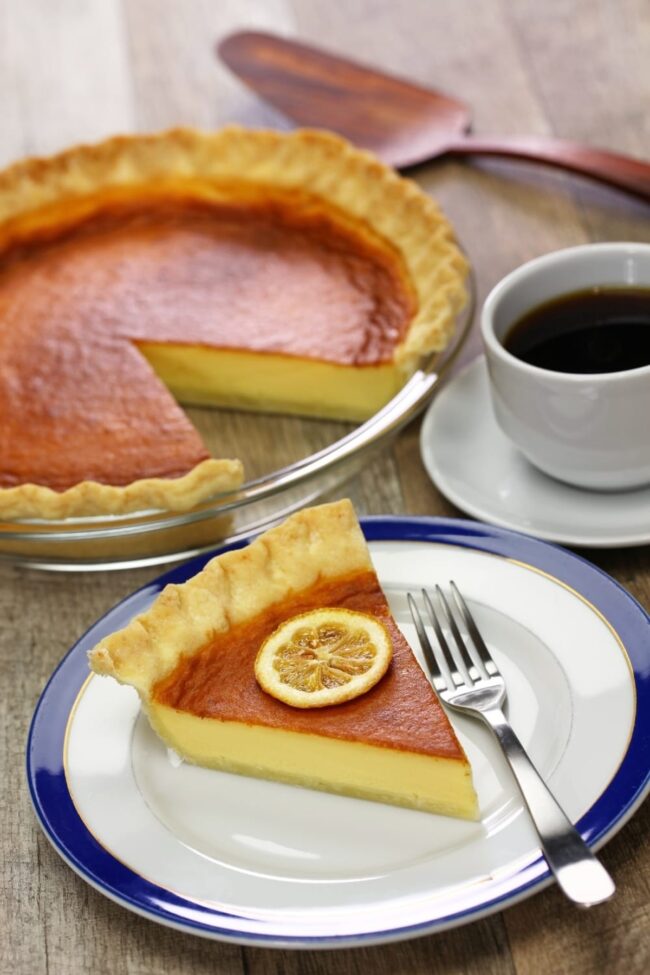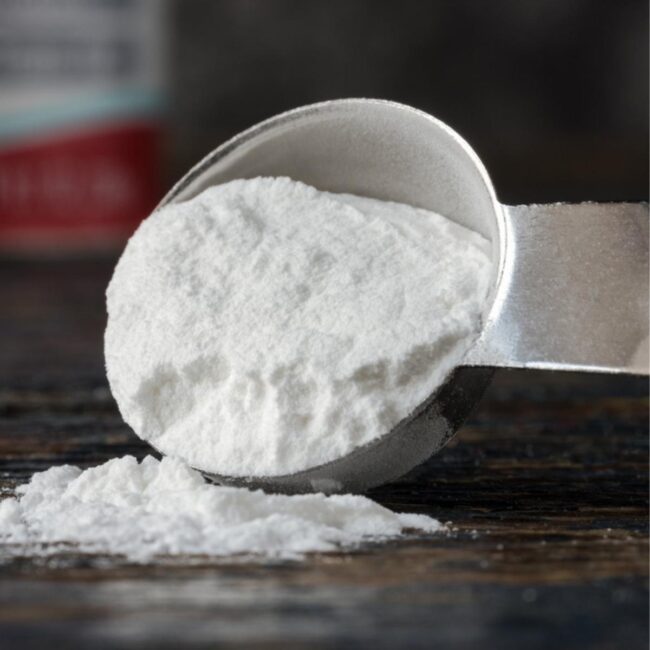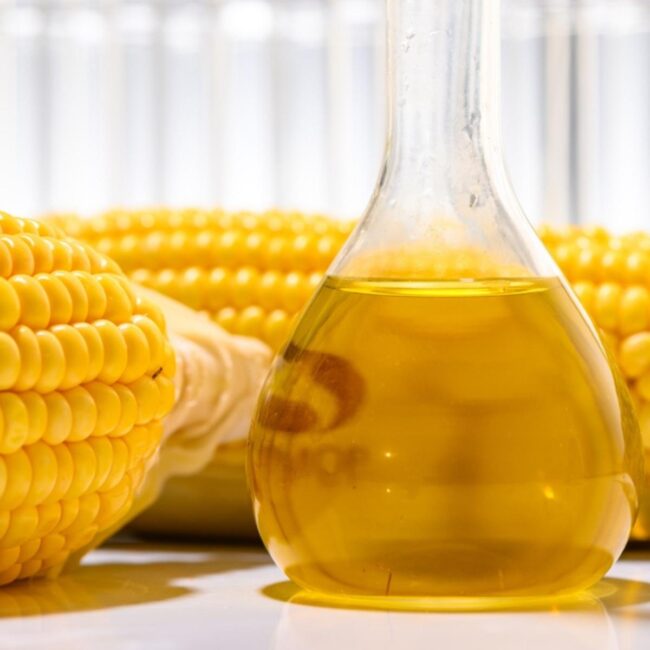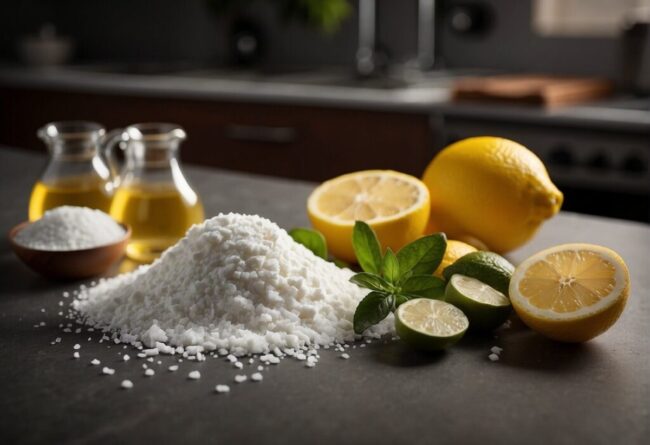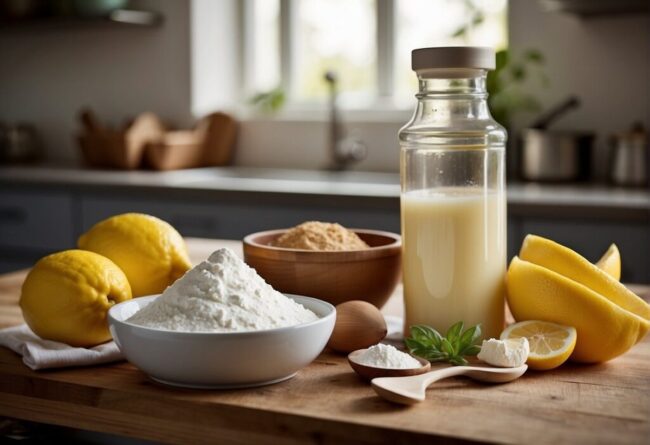4 Budget-Friendly Ways to Replace Cream of Tartar
Cream of tartar substitutes support your baked delights with a stabilizing touch and delicate tang when this ingredient is missing.
An array of natural stabilizers keeps meringues and frostings light and airy without fail.
Recipes rise gracefully and maintain a refined structure that pleases the eye and taste.
What to Know About Cream of Tartar
Cream of tartar serves as a versatile kitchen staple, often used in baking to stabilize egg whites and prevent sugar from crystallizing.
This fine, white powder also acts as a leavening agent when combined with baking soda, producing delightful results in cakes and cookies.
Originating from the winemaking process, its unique properties highlight the connection between culinary practices and fermentation traditions.
Beyond baking, it finds utility in making playdough or even cleaning metal surfaces due to its mildly acidic nature.
Alternatives to Cream of Tartar
Cream of tartar serves as a versatile ingredient in many recipes. Substituting it can be easy with the right choices, allowing your culinary creations to continue without interruption.
Sour Alternatives
Acidic substitutes play a crucial role in various recipes, especially when it comes to stabilizing egg whites or preventing sugar crystallization.
Lemon juice serves as a fantastic natural option; simply replace cream of tartar with an equal amount for effective results.
White vinegar offers another reliable alternative, matching the acidity levels perfectly at a 1:1 ratio.
Both options not only enhance the texture of your dishes but also add subtle flavors without overwhelming other ingredients.
Experimenting with these substitutions can elevate your cooking and baking adventures significantly!
Dairy Options
Using dairy products with natural acidity offers a handy alternative to cream of tartar in baking.
Buttermilk serves as an excellent substitute; just mix 1/4 teaspoon with 1/2 cup of buttermilk while adjusting other liquids in the recipe.
Yogurt can also step in, especially when thinned with milk to achieve a similar texture as buttermilk.
This method ensures your baked goods maintain the right balance of flavor and texture without compromising quality.
Baking becomes more flexible when you explore these creamy options, providing delicious results every time you whip up something new in your kitchen.
Dry Alternatives
Dry substitutes play a crucial role in baking, especially when cream of tartar is needed to activate leavening agents.
Baking powder serves as an excellent alternative since it already contains cream of tartar.
When substituting, using 1.5 teaspoons of baking powder can effectively replace 1 teaspoon of cream of tartar in any recipe.
This substitution simplifies the ingredient list while still ensuring that baked goods rise properly and achieve the desired texture.
It’s always handy to know these tricks for successful baking without missing a beat!
Sweet Alternatives
Candy making offers an exciting opportunity to experiment with ingredients.
Substituting corn syrup for cream of tartar can effectively prevent unwanted crystallization.
Simple syrup also plays a role in ensuring that your sweets remain smooth and free from gritty textures, although it’s not as widely used.
This technique allows you to achieve a glossy finish in frostings and candies, enhancing their overall appeal.
These simple adjustments can lead to remarkable results, inviting creativity into your kitchen adventures.
Guidelines for Replacing Cream of Tartar
Replacing cream of tartar requires finding an acidic ingredient like lemon juice or vinegar. The right choice depends on the intended recipe.
Whipping Egg Whites Guide
Stabilizing egg whites is essential for achieving the perfect meringue or whipped cream.
Lemon juice offers a simple solution; just swap in an equal amount to replace cream of tartar.
White vinegar works similarly, allowing you to maintain that fluffy texture with ease.
If you're feeling adventurous, consider using a copper bowl for whipping egg whites; this method enhances stability naturally without additional ingredients.
These alternatives ensure your baking experience remains smooth and enjoyable, even when supplies run low.
For Rising Breads
Baking powder serves as an effective substitute for cream of tartar when seeking that light and airy texture in your baked goods.
Combining it with baking soda can simplify the process while still achieving excellent results.
This blend works to create a perfect rise, allowing cakes and cookies to become fluffy without any fuss.
Adjusting measurements is key; 1.5 teaspoons of baking powder can replace the combination needed for every teaspoon of cream of tartar plus half a teaspoon of baking soda.
Keep this tip handy next time you're whipping up something delicious!
To Stabilize Sugars
Cream of tartar serves a vital role in maintaining the silky texture of sugar syrups.
This ingredient is particularly useful in frostings, where a smooth finish is essential.
When cream of tartar isn't available, corn syrup can step in as an effective alternative.
Just a splash will do the trick to keep your syrups from turning grainy.
Lemon juice also works wonders; just a few drops can help maintain clarity and prevent unwanted crystallization.
To Enhance Texture
Cream of tartar adds a distinct touch to various recipes, especially when it comes to achieving the right texture in baked goods.
Yogurt serves as an effective substitute, lending moisture and tenderness that enhances your treats.
Increasing butter can also work wonders; its richness often compensates for the absence of cream of tartar while improving flavor.
Chewy cookies benefit significantly from these adjustments, creating a delightful experience with every bite.
Experimenting with these alternatives opens up new avenues for baking creativity and flavor exploration.
Mistakes to Avoid
Baking often involves precise measurements, especially when it comes to substitutes.
Baking powder requires careful adjustments; for recipes using both cream of tartar and baking soda, 1 teaspoon of cream of tartar should be swapped with 1.5 teaspoons of baking powder for the right balance.
Lemon juice can add a refreshing note, but too much can dominate the dish; stick to 2 teaspoons per teaspoon of cream of tartar to keep flavors in check.
Vinegar works similarly and should be used sparingly. Just one teaspoon replaces a quarter teaspoon of cream of tartar without overwhelming your creation.
Yogurt adds moisture and tang but needs attention; half a cup serves as an alternative for every quarter teaspoon needed.

